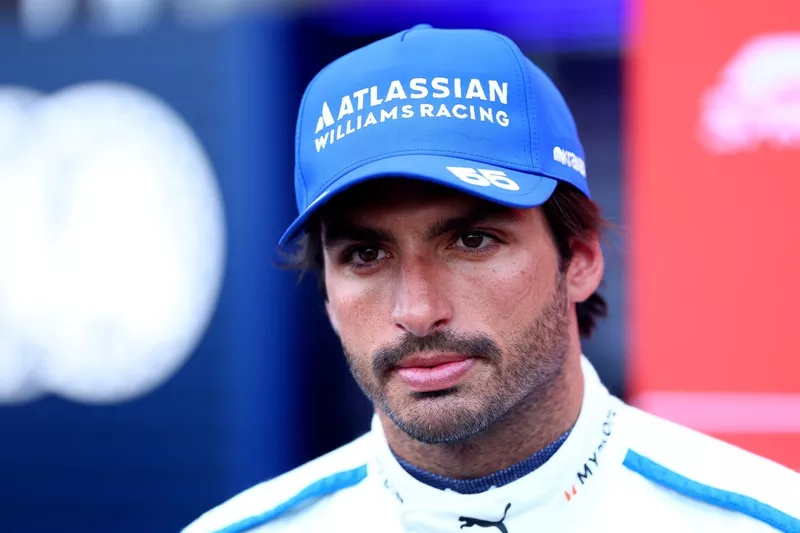
Carlos Sainz Reflects on Pitlane Start Gamble That Didn’t Pay Off at Spa
Sainz admits starting from pitlane was a strategic risk that ultimately failed to deliver
Carlos Sainz is never one to shy away from calculated risk, but at the 2025 Belgian Grand Prix, the Ferrari driver was left to reflect on a gamble that simply didn’t go his way. Starting from the pitlane at Spa-Francorchamps, following setup changes after a troubled qualifying session, Sainz and the Scuderia rolled the dice in pursuit of a potential wet-weather advantage. But as the rain fizzled out and the race dried up early, that bold strategy quickly unravelled.
It was a frustrating weekend all-round for Sainz, whose pace looked promising at times throughout the lead-up to Sunday. But an underwhelming qualifying session saw him pushed down the order—and what followed was a series of tough calls, none of which landed quite right.
Setup Changes Force Carlos Sainz to Start from the Pitlane
After qualifying outside the top 10 on Saturday, Sainz revealed post-race that Ferrari had detected some irregularities with his car’s performance. Rather than settle for a sub-par starting position and a compromised setup, the team opted for overnight changes. Those changes, however, came at a cost—starting from the pitlane under Parc Fermé regulations.
“We went in the wrong direction with the car’s setup during qualifying,” Sainz explained. “There were a few anomalies on my car that we couldn’t ignore. So, we decided to make the changes, and that meant starting from the pitlane. It was a gamble, but we thought it could work out if the conditions went our way.”
And initially, the signs were positive. Rain fell in the opening laps, hinting at the kind of chaotic race that can turn a bold decision into genius. Ferrari even fitted a different rear wing to maximise downforce in case the rain intensified. But nature had other plans.
A Race That Dried Too Quickly for the Ferrari Strategy
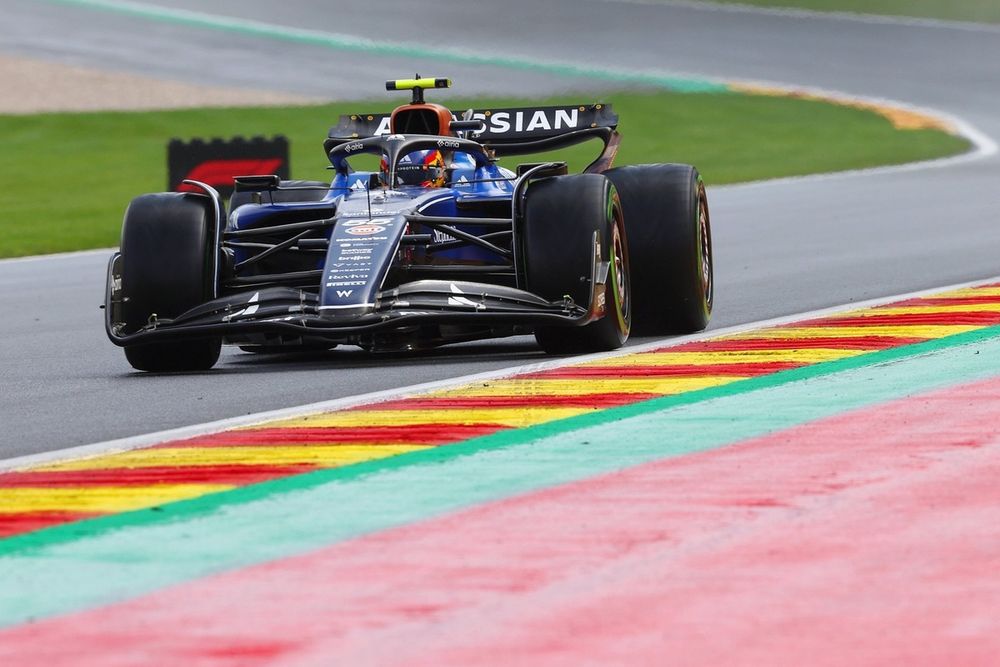
Carlos Sainz, Williams
“The idea was that if we had a really wet race, the higher downforce would help us charge through the field,” Sainz said. “But only the first eight to ten laps were properly wet. After that, the track dried very quickly, and our setup was no longer ideal.”
That drying process was accelerated by modern F1 cars, which disperse water rapidly and heat up the racing surface. Once the sun came out, it was game over for anyone who had banked on a wet-weather setup.
“These cars dry the track like a hairdryer,” he added. “As soon as there’s a bit of sun, it only takes 10 or 15 minutes before you’re basically on a dry circuit again.”
From that point on, Sainz was on the back foot. Unable to extract maximum performance from the car in dry conditions and already mired deep in the midfield after starting from the pitlane, his race turned into a salvage operation. To make matters worse, a slow pit stop later in the race cost him valuable time and track position.
“We Had to Try Something”: The Hard Tyre Gamble
With the race slipping away, Sainz and the Ferrari pit wall made another bold call—switching to the hard compound tyres in the latter stages of the race. At that point, he was out of the points and knew it would take something dramatic to change the outcome.
“We were already behind, and with the hard tyre we just thought, ‘let’s try something different,’” Sainz said. “If others started to struggle with tyre degradation, maybe we could make a late charge. But again, it didn’t really work out.”
There was no sudden graining crisis for the cars ahead. No late Safety Car. No twist in the weather. Just a dry and increasingly processional race that left Ferrari’s No. 55 stranded in the lower half of the field.
Spa Delivers a Harsh Lesson in Risk Management
In the end, the decision to start from the pitlane, fit a different rear wing, and opt for a high-downforce setup all revolved around one big assumption: that Spa would deliver a soaking wet race. It was a fair assumption based on past experience, but one that didn’t pay off this time.
“If it had been a full wet race, maybe we’d be talking about how clever it was,” Sainz admitted. “But it wasn’t. So the lesson is that in modern F1, you can’t count on the rain lasting. These cars and these tracks just don’t stay wet long enough.”
Despite the disappointment, Sainz was quick to acknowledge that safety concerns also played a part in how the race unfolded. With Spa’s recent history and the tragic events of past races still fresh in many minds, there was no rush to send drivers out in unsafe conditions.
“On a normal track, we might have started 5-10 minutes earlier,” he said. “But this is Spa. The history here demands caution. After the accidents at Silverstone and here in previous years, the race director is being extra careful. That’s the right call. Everyone got to race, and everyone went home safe. That matters.”
Looking Ahead: Lessons for Sainz and Ferrari
While the Belgian GP was a frustrating chapter for Sainz, it wasn’t without its learnings. Ferrari continue to battle with consistency, both in qualifying and race trim, and Spa served as another reminder of how fine the margins are between heroics and hard lessons in Formula 1.
With the second half of the season still ahead, Sainz remains focused on bouncing back stronger. He knows the raw speed is there—it’s about aligning strategy, setup, and execution.
“You make decisions based on the best information you have,” he said. “Sometimes they work, sometimes they don’t. This one didn’t. But that’s racing.”
As Formula 1 heads to Monza and other European classics, don’t be surprised if the Spaniard finds a way to turn frustration into fuel. He may have started from the pitlane in Spa, but Carlos Sainz isn’t about to park his ambition anytime soon.
















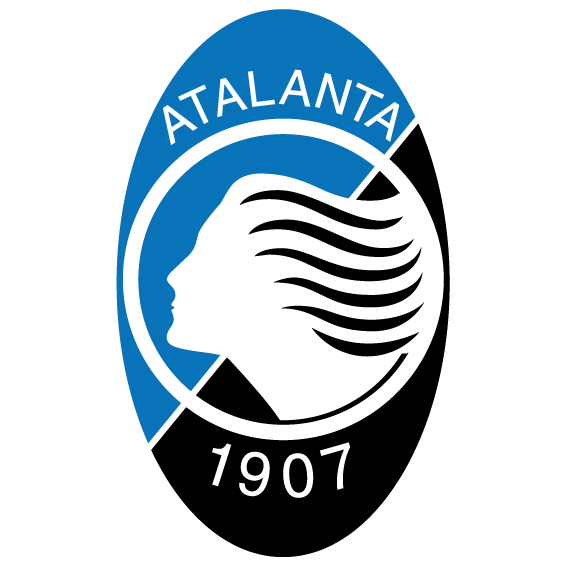

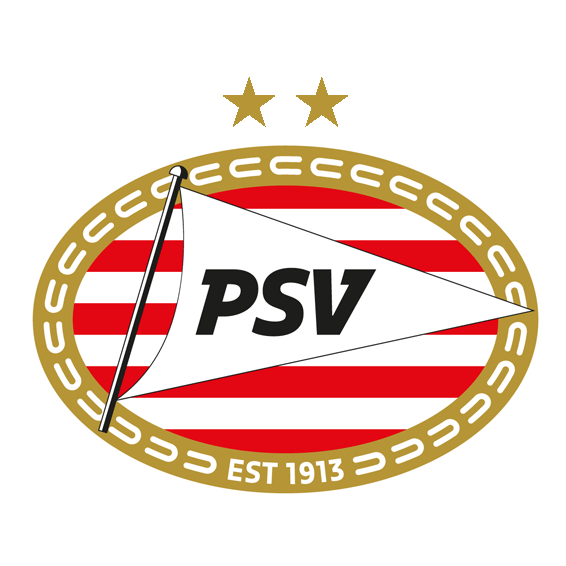



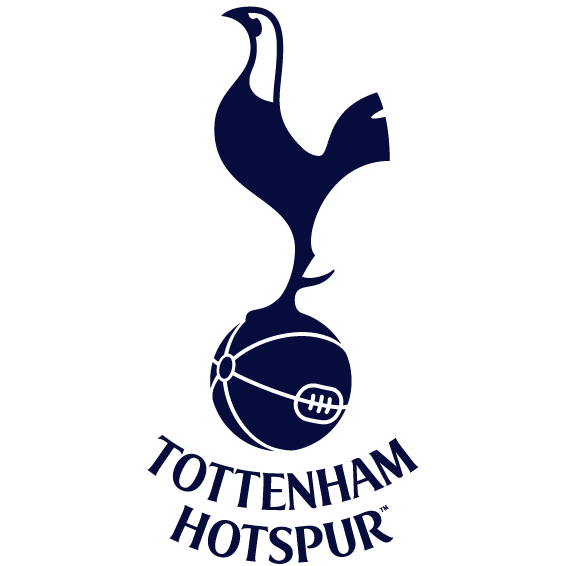



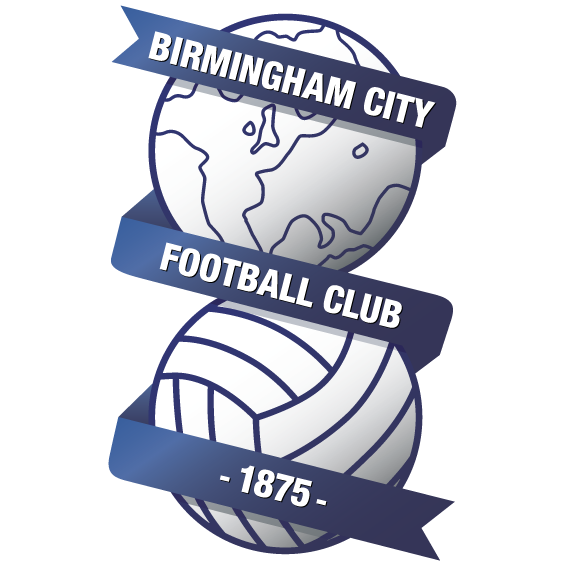




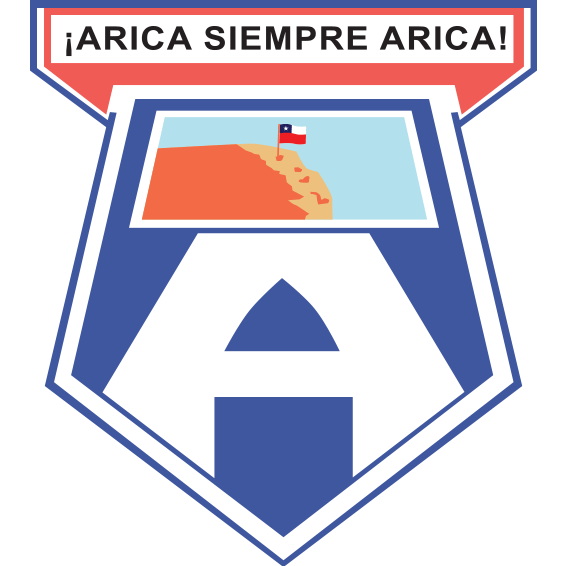

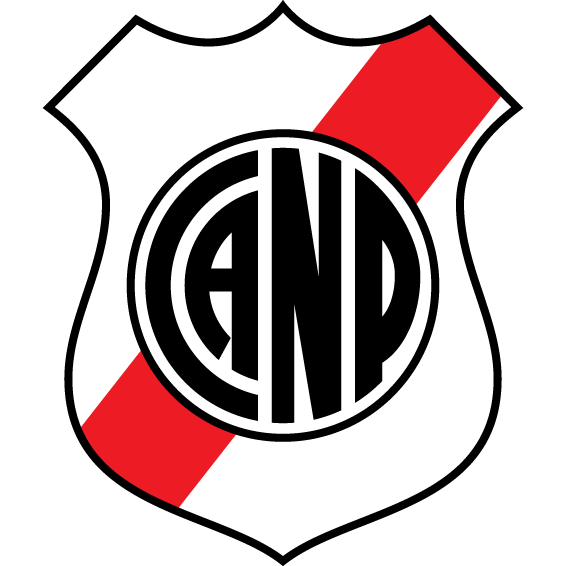

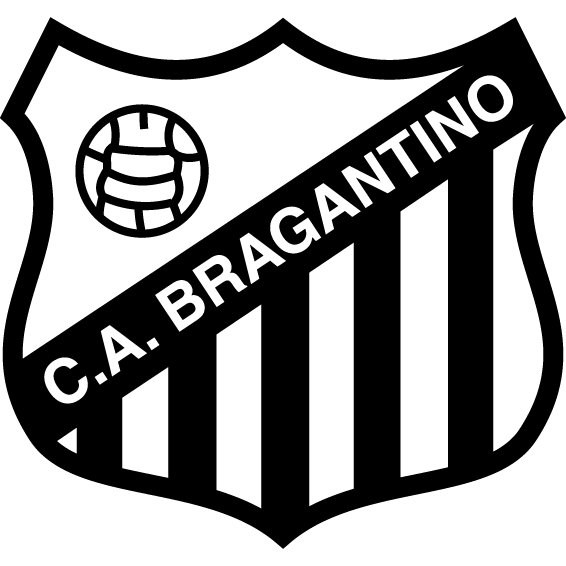
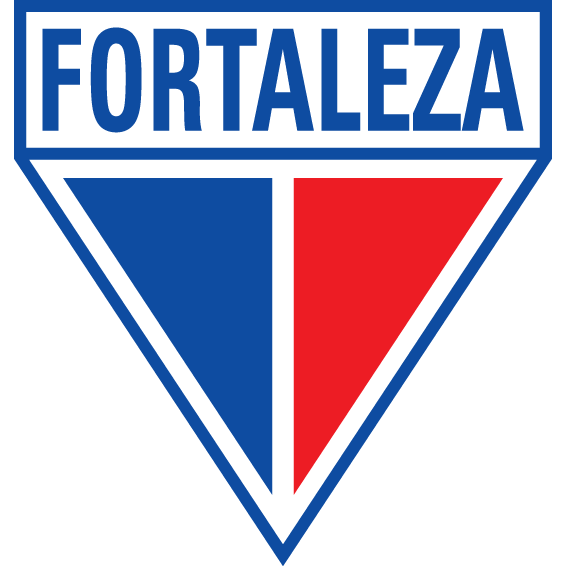
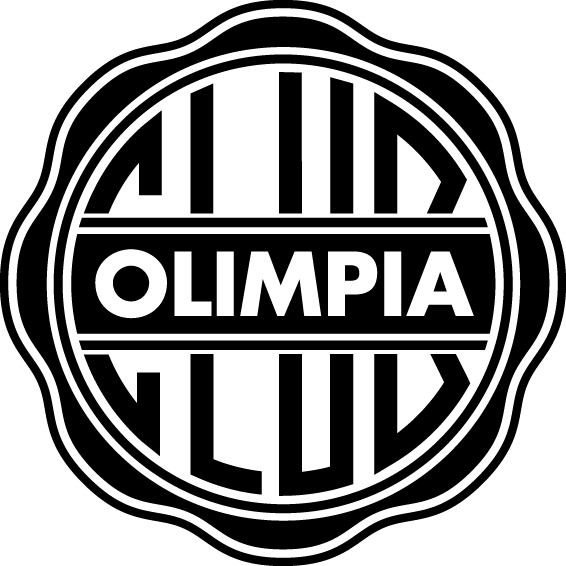


























There are no comments yet. Be the first to comment!